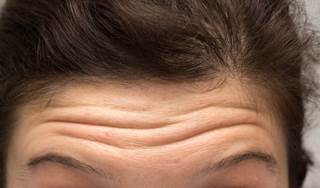Blog
24
Dec
2018
Facial Exercise Regimen Following Botulinum Toxin Injections May Hasten Aesthetic Results







